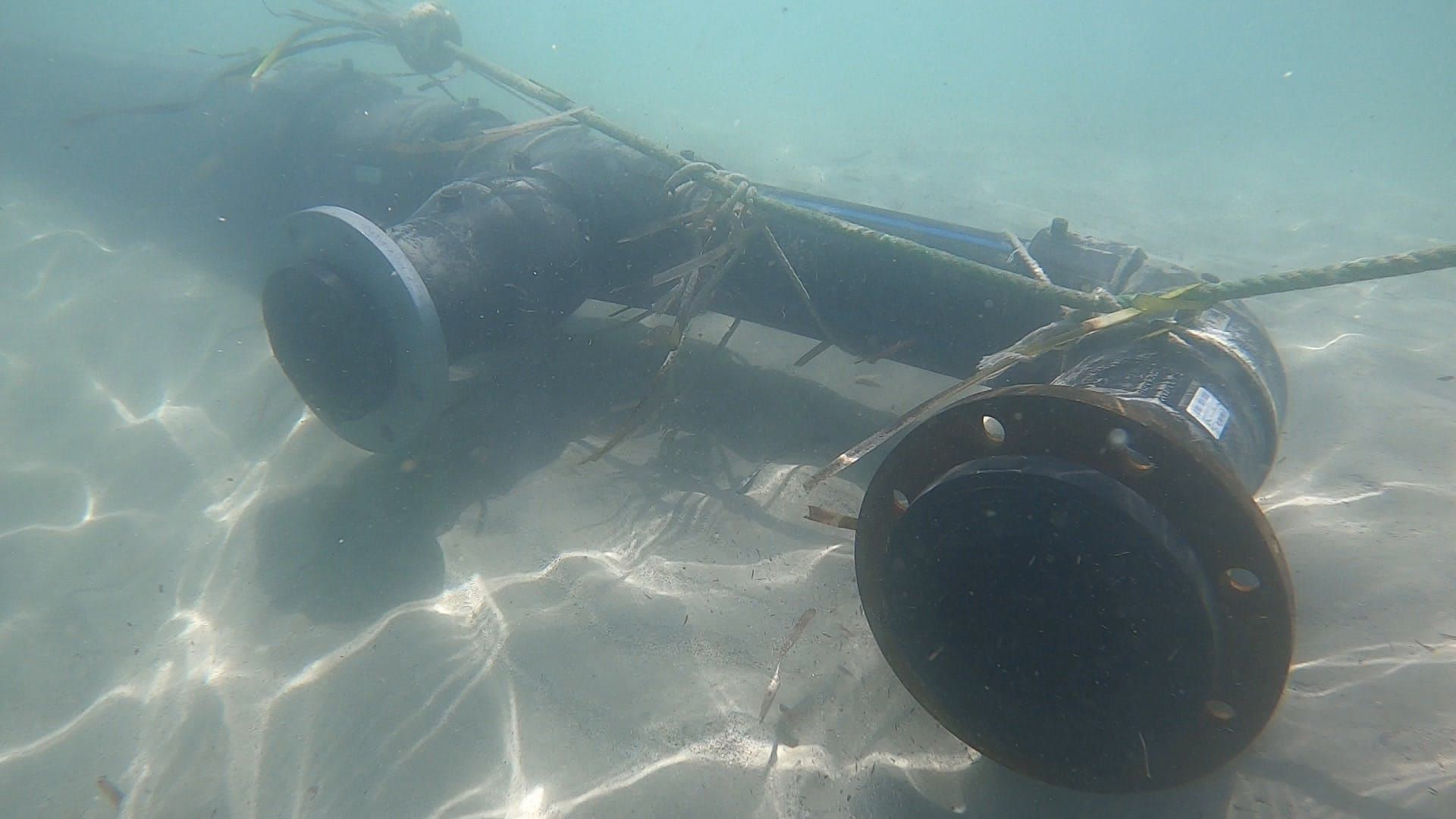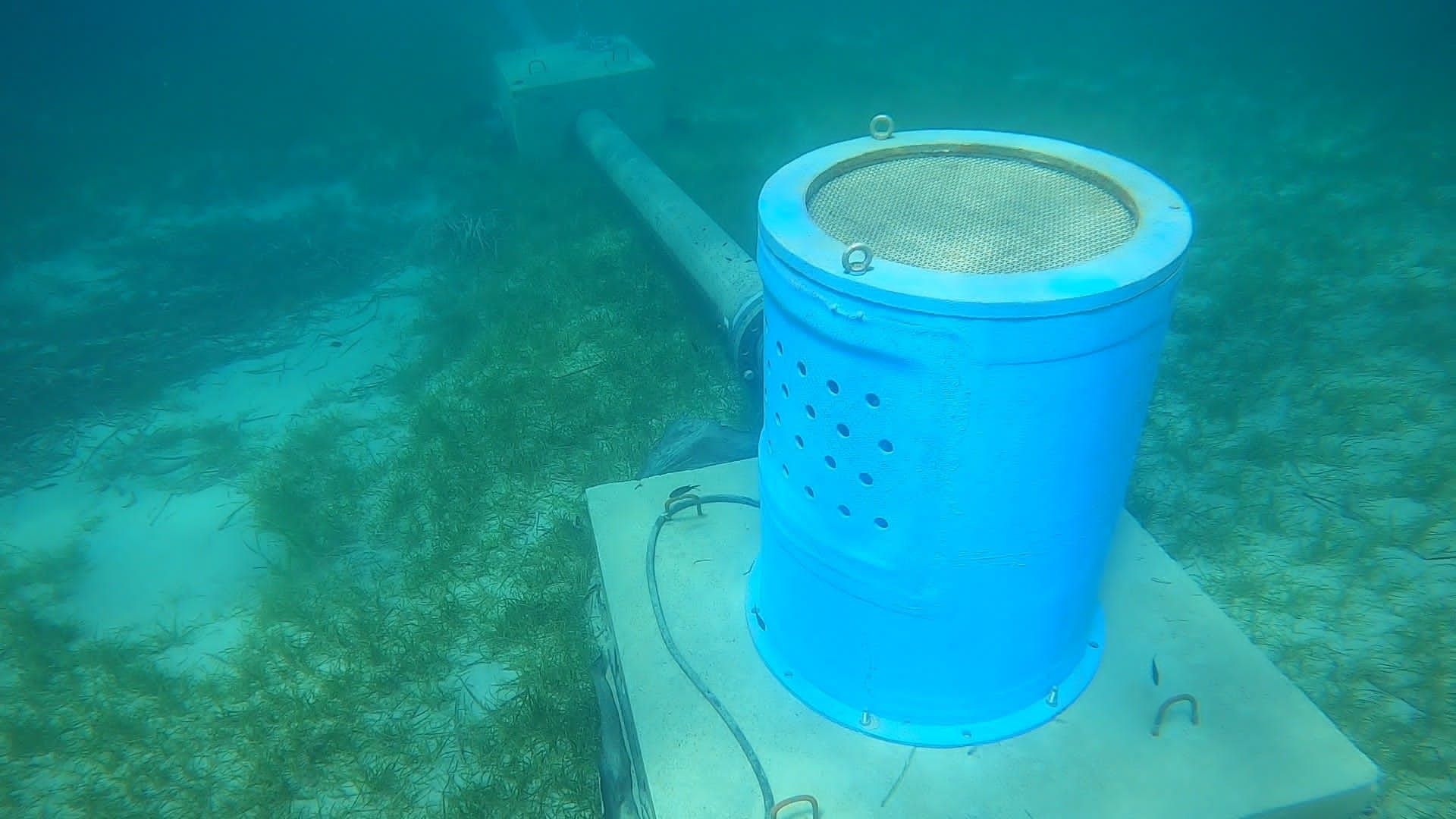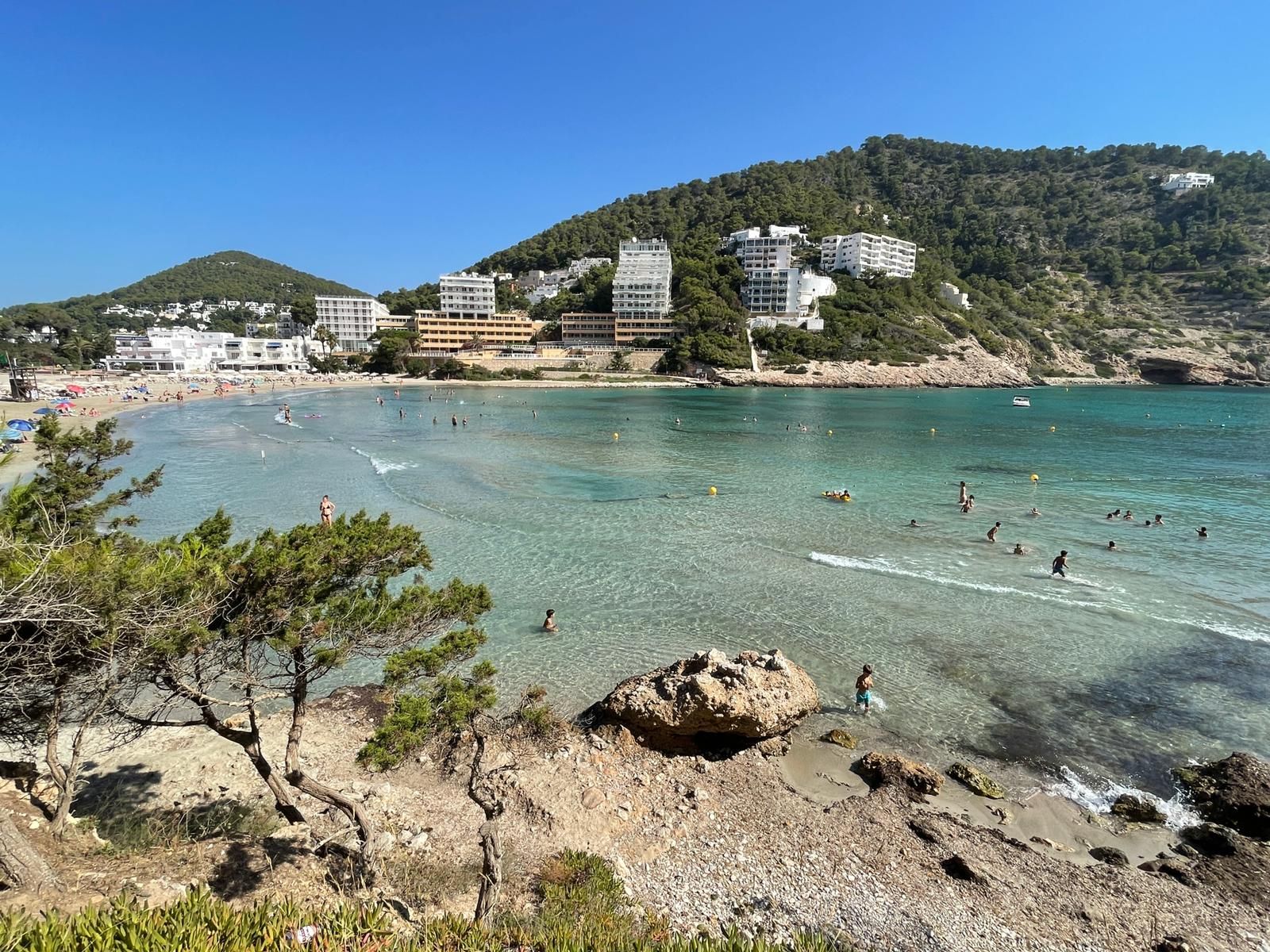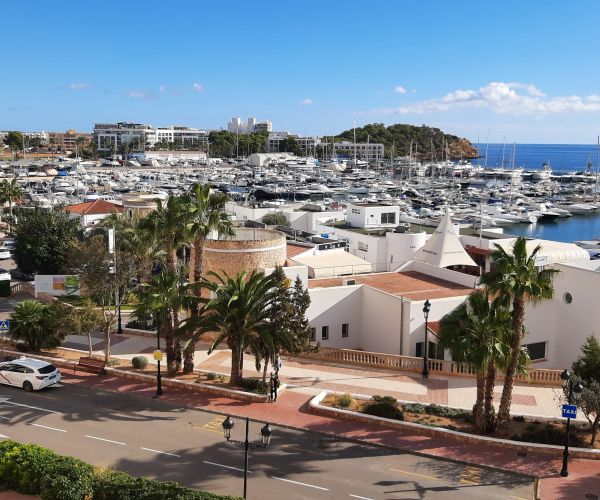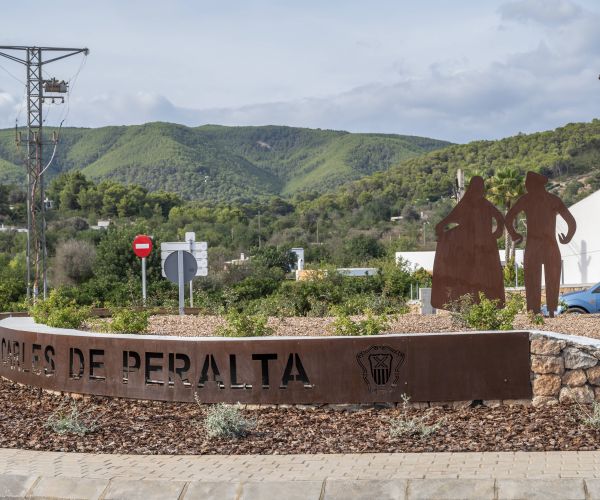Santa Eulària is putting into operation the pumping system for recirculation of water in Cala Llonga and will monitor its water quality
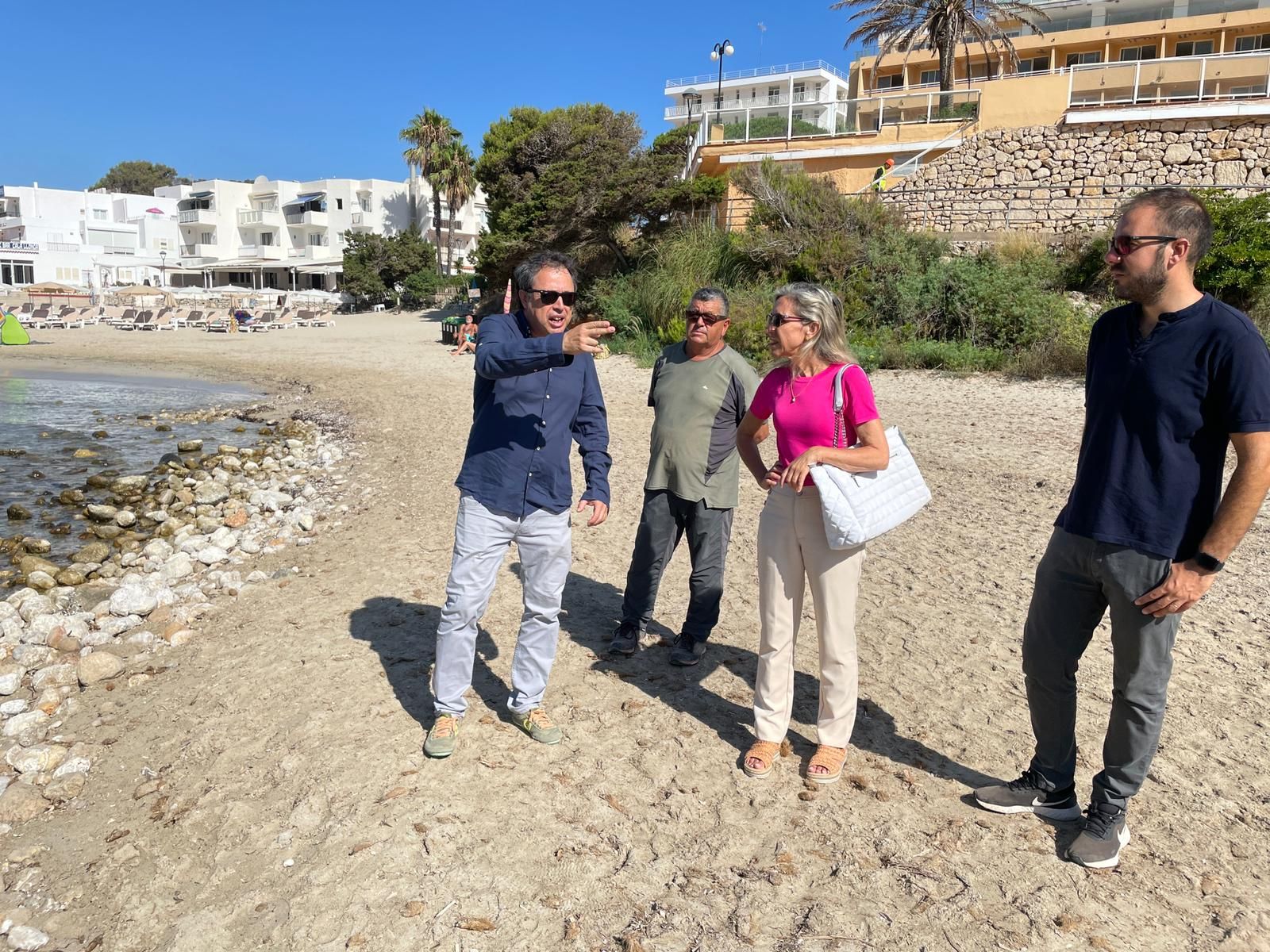
Santa Eulària City Council has put into operation the pumping system for the water recirculation in Cala Llonga to avoid microalgae concentration in this touristic area, and has hired a specialized company to monitor the quality of the water. The total investment of the intervention has been of 310.00 euros.
Santa Eulària des Riu mayoress, Carmen Ferrer, said it was a very important intervention for this touristic area in Santa Eulària as “the main claim of neighbours, merchants and hotel business”. “We all know how important it is the image of our beaches in the outside world. It was a priority for us the installation of these pumps in an area with as much tourist weight as is Cala Llonga, but that also has a large influx of residents”, the mayorness has assured.
The system will have three impeller pumps and three water outlet nozzles (one on each serving channel, where bathing is forbidden and another one in the centre of the beach). It works by impulsion of cold water from an outside and deeper area to the bathing area, which will prevent the stagnation of this microalgae, so common in certain locations in the Mediterranean area. Although it may give the opposite image, this microalgae is not toxic, but it dyes the water of the bathing area greenish. It is about a system similar to that used in other points around Eivissa and that it has been in operation for several years now with good results.
Water outlets pose no danger to peoples and the system is not fixed, as it allows to be disassembled during the winter season. Besides, the system has object filtering measures to prevent the possible aspiration of these at he point of water intake and their transfer to the pumping point.
The Consistory has hired a company that took samples before the installation of the recirculation system, to monitor the environmental parameters and determine the degree of improvement of the bath water after the start-up of the pumps.

